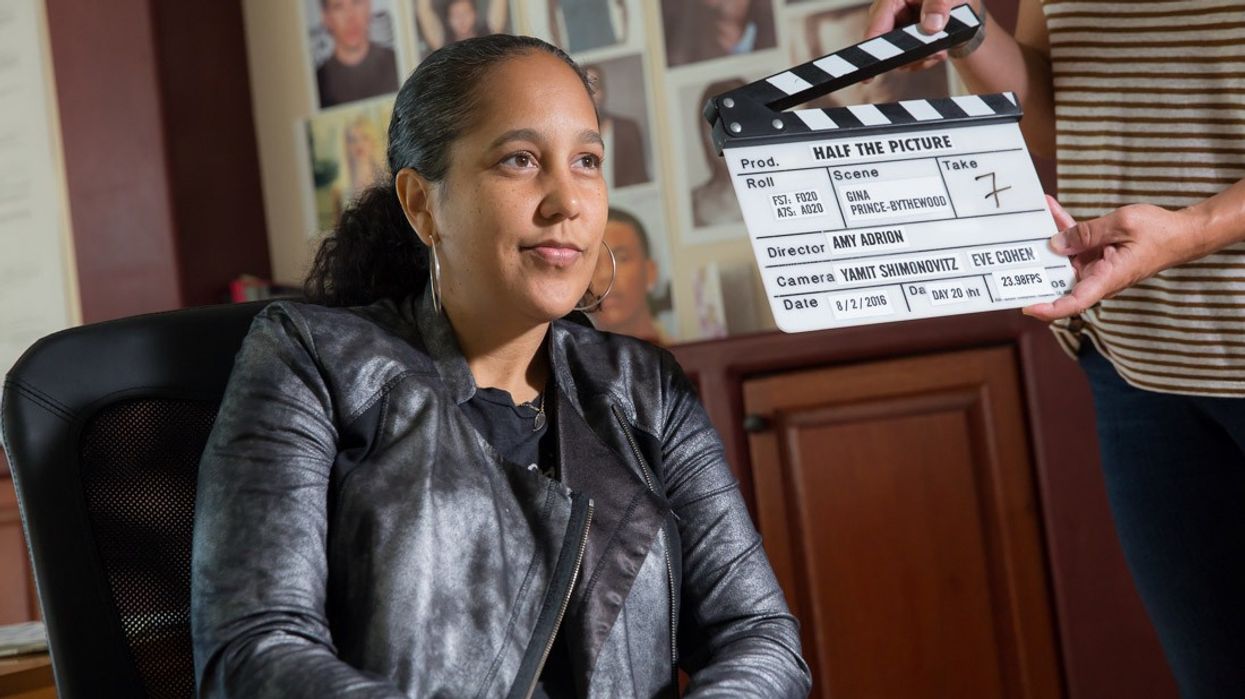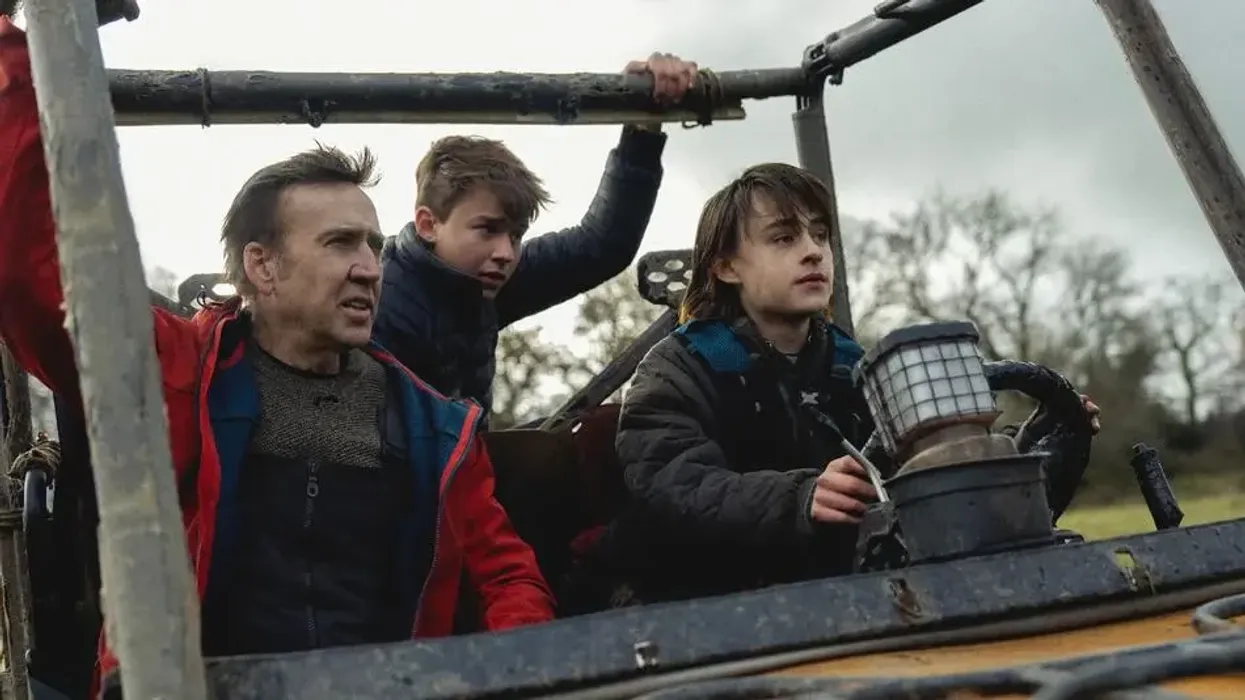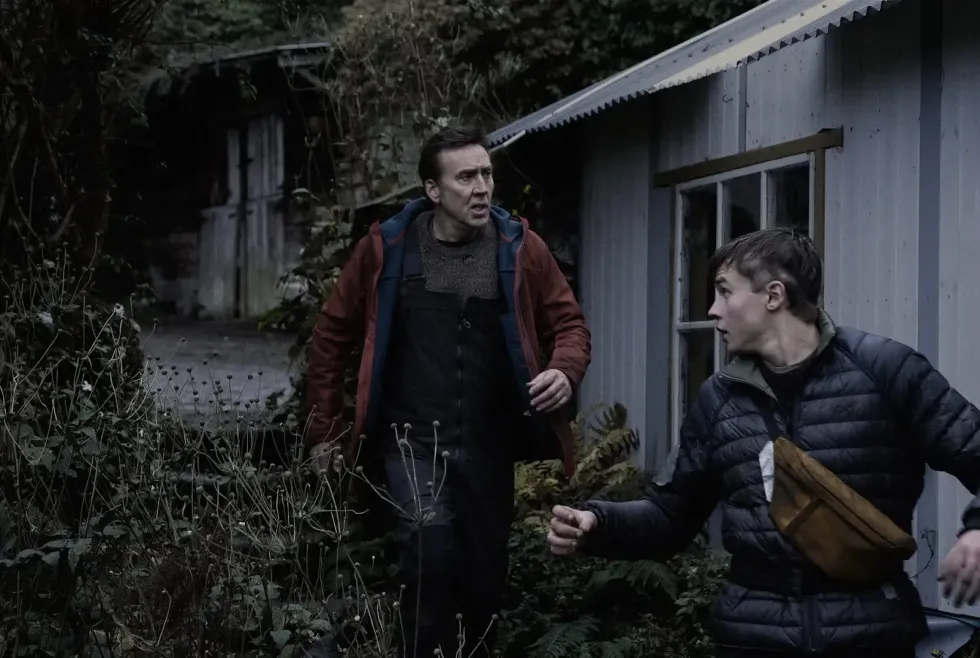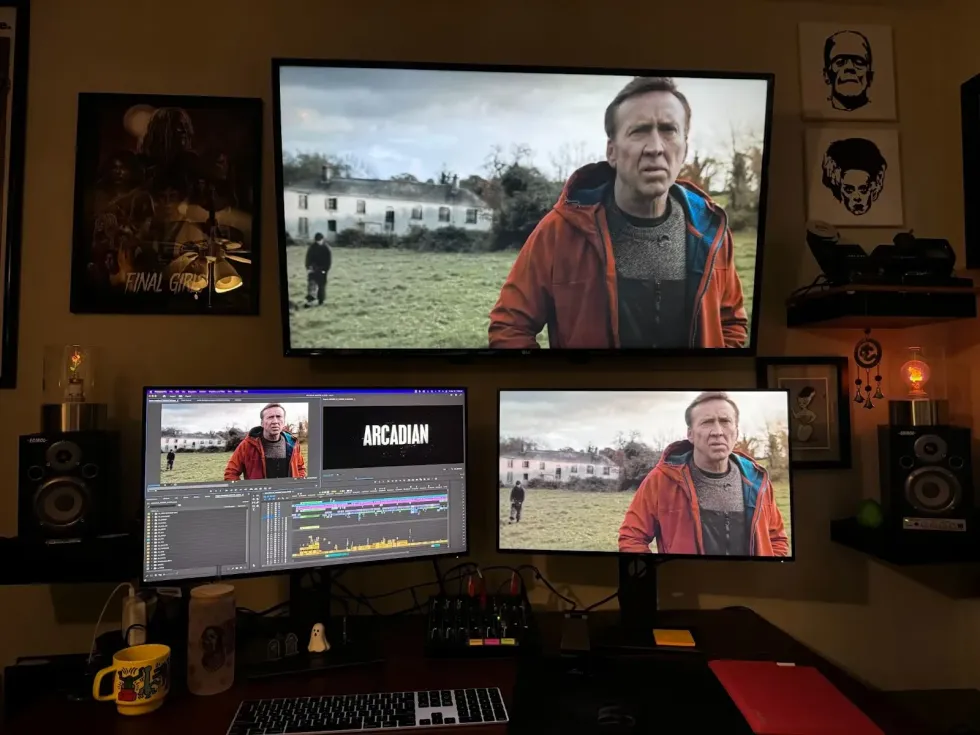How Lens Choice Affects Documentary Work
Sundance documentary DPs share lens advice.

Besides the dozens of films you can watch during Sundance, there are plenty of opportunities to network and learn from peers at events or workshops. One of those insightful seminars that can still be viewed online was Options in Optics, moderated by American Cinematographer Magazine contributor Jay Holden and featuring cinematographers Brent Barbano, Yamit Shimonovitz and Martina Radwan. Both Shimonovitz and Radwan had documentaries at the festival: Half the Picture and Inventing Tomorrow.
The trio spoke for an hour about how optics helps drive storytelling. While budgets dictate a lot of what we can and cannot do, the panelists had solid advice for cinematographers starting out in doc work wondering what lenses to consider. Here’s what to know.

What lens type should be used in docs?
The panelists suggest to openly talk with the director and find out the shooting style before diving into lens choice. Are there interviews? B-roll? Is it cinema vérité? How many cameras? Talk about post, how it will be graded, delivered and where it will be distributed. Then use visual references and other material to get on the same page.
From there, you can devise a shooting strategy. Shimonovitz and Radwan like zoom lenses for the versatility as they can get very intimate and you can easily step back in moments or for wides to tell the story. They’re very practical with cinema vérité since you don’t know what you’re getting into.
For interviews, Barbano leans toward primes between 60-85mm focal lengths. He also states that using primes when you’re running around shooting can be challenging, but are fun because it forces you to move your feet to get the shot.
What lens characteristics are important for docs?
Consistent aperture while zooming was one of the unanimous features sought in a lens. The reason being is that you want consistency in the lighting while zooming. You want the audience to be engaged with your subject and not taken out of the story if the light in room changes. Working as a camera operator by yourself, it can be difficult to address focus and aperture at the same time. It’s important to not lose a moment while shooting since you may never get that reaction again.
Clarity, focus fall off, lens flare, color, de-clicked aperture and frame distortion all topped the list too. Barbano suggests that in the digital age, optics are the new film stock and it’s important to take the time to look at different lenses side by side. To test them in real-world situations and bring the footage into post before making a decision.
Does mount type matter?
The group agreed that it’s project dependent, saying they’ve experienced a 50/50 split between EF and PL. So if you’re looking to invest your own money in a lens line, find the characteristics that you like best and go from there. Suggestions ranged from 70-200mm zooms and primes with 28mm, 40mm and 85mm focal lengths.
Is it better to chase resolution or color depth?
This is a topic many of us are talking about today. Is higher resolution or higher color depth more important? Again, it goes back to what the director wants to achieve with the story, but the panelists agreed that retaining a higher color depth is more important than a higher resolution.
They also mentioned it depends on the project and its distribution. If the final output needs to be 4K, 8K or whatever, you need to find the best option that meets those parameters. The length of time you’ll be shooting is another consideration. If the doc will span over many years, choosing higher quality lenses or top of the line cameras will provide some longevity to its look and feel.
As a filmmaker, don’t take optics for granted. Take the time to test different lenses. Find the right softness, the right milky-ness, the right color, flare and focal length. It all helps to shape the story you put in front of an audience. If you're unsure where to start, stop by your local rental house or dive deep on the web. Barbano is part of ShareGrid where they completed "the ultimate" vintageand anamorphic lens tests, so you can look there. Even if you already own lenses, don't be stagnant. Ask yourself if they're what you need to tell the story.
Do you have a favorite lens for documentary work? Tell us in the comments below.
For more, see our ongoing list of coverage of the 2018 Sundance Film Festival.













